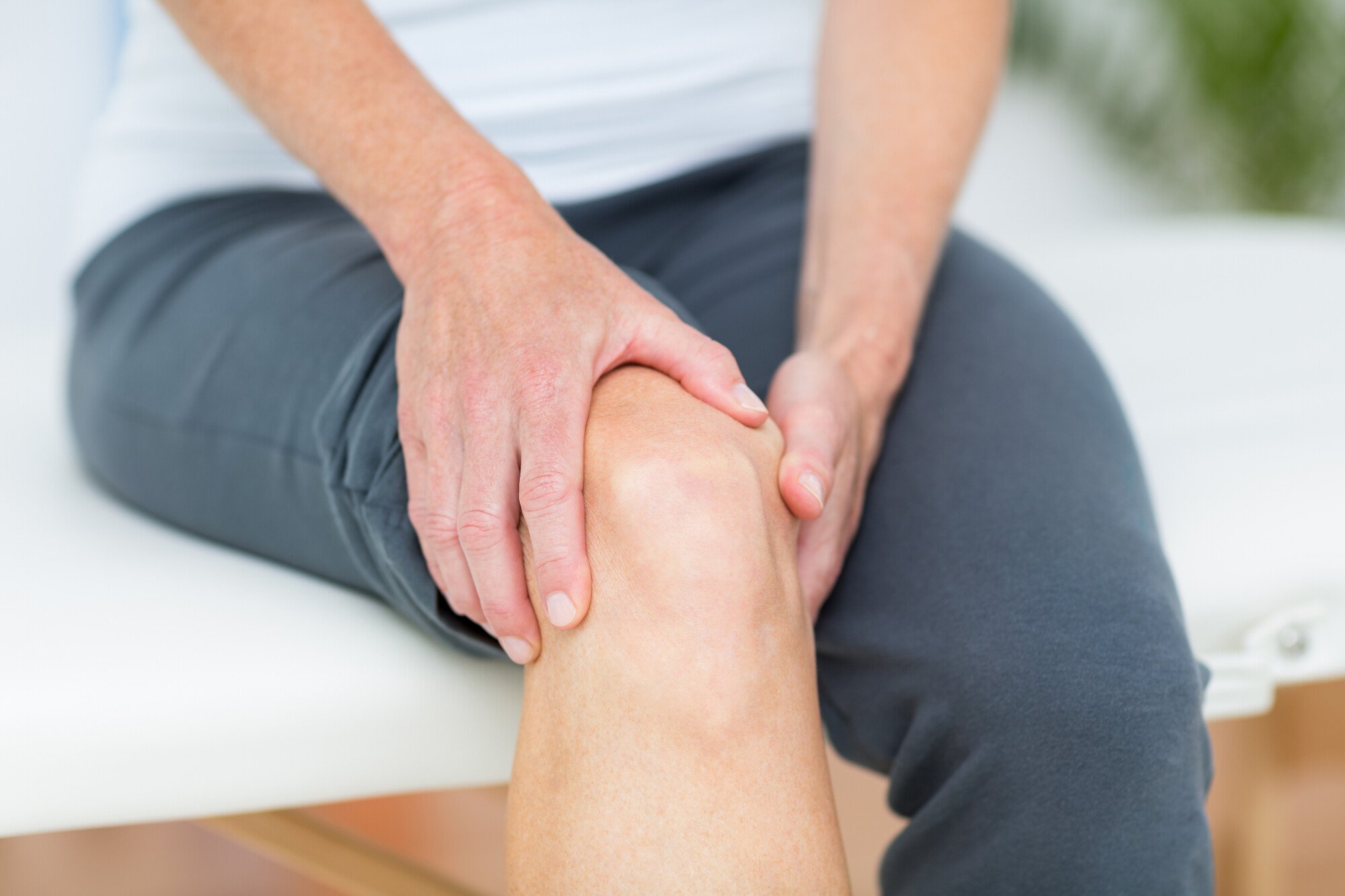Do you wake up at night with painful knees? Are you looking for a way to sleep peacefully without knee discomfort? This guide will help.
We’ll share the best ways to reduce knee pain at night and help you get the rest you need. From stretches and exercises to sleep positions and home remedies, we’ve got tips that really work. Whether your knee pain comes from arthritis, an injury, or other causes, these ideas will give you relief and improve your sleep.
Say goodbye to sleepless nights and hello to a pain-free bedtime. Let’s get started and help you wake up feeling better!
-
Optimize Your Sleep Position
Your sleeping position can significantly impact knee pain at night. Certain positions can cause strain on your knees, while others can relieve pressure. If you sleep on your back, placing a pillow under your knees can help maintain proper alignment and reduce stress.
For side sleepers, using a pillow between the legs can also alleviate pressure on the knee joint. Experiment with different positions and find what works best for you to minimize discomfort.
-
Utilize Cold and Heat Therapy
Cold and heat therapy are popular and effective methods for managing knee pain. Applying a cold pack to your knee for 15-20 minutes before bed can reduce inflammation and numb any painful areas. Conversely, using a heating pad can improve blood flow and relax tense muscles.
It’s often beneficial to alternate between hot and cold therapy, especially if you’re recovering from an injury. Experimenting with these therapies can provide the knee pain relief needed for a good night’s sleep.
-
Maintain a Healthy Weight
Maintaining a healthy weight is crucial for overall well-being, but it can also alleviate knee pain at night. Being overweight or obese puts excess pressure on the knees, which can lead to pain and discomfort during sleep. To maintain a healthy weight and relieve knee pain at night, it is important to follow a balanced diet that includes the following:
- plenty of fruits
- vegetables
- lean proteins
- and whole grains
Regular exercise is also essential for weight management and strengthening the muscles around the knees. Avoiding excessive sitting and incorporating low-impact activities like swimming or cycling can also help alleviate knee pain. Keeping a healthy weight not only benefits the knees but also promotes better sleep and overall health.
-
Explore Pain Relief Options
If lifestyle changes alone aren’t enough to alleviate knee pain at night, you may want to consider additional joint pain solutions. Over-the-counter medications, such as ibuprofen or acetaminophen, can be effective in managing pain. Always consult with a healthcare professional before starting any medication regimen.
Furthermore, consider visiting a health specialist who can provide personalized advice or recommend physical therapy. As a convenient option, you can explore this online pharmacy for various pain relief products that might suit your needs.
Tips for Restful Sleep While Managing Knee Pain at Night
Implementing some simple yet effective practices such as stretching, maintaining a healthy weight, and using supportive pillows can greatly alleviate knee pain at night. By making these changes, you can improve your sleep quality and overall well-being. Don’t let knee pain disrupt your nights any longer, start incorporating these best practices today!
Looking for more tips and advice? You’re in the right place! Make sure to bookmark our page and come back to check out more interesting articles.










